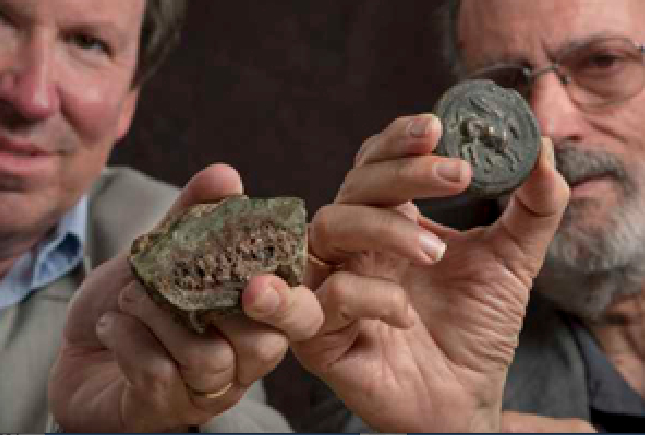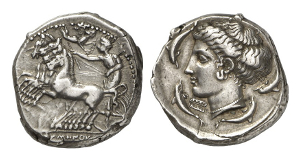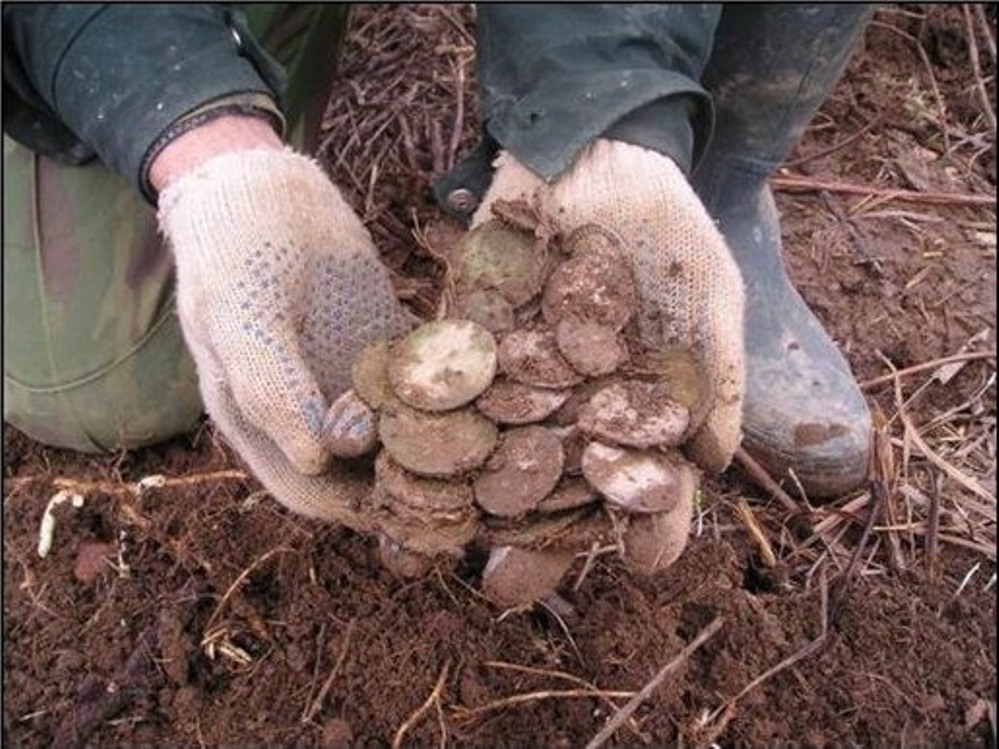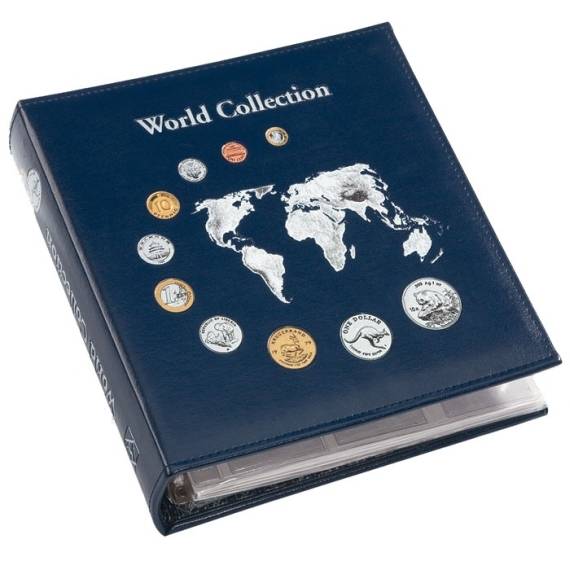Yuri Pokras on how the Violiti Internet auction works
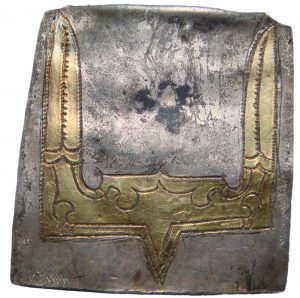 We talk about the largest Internet site for the sale of antiquities in the post-Soviet space with the famous Kiev collector, Violiti website administrator Yuri Pokrass.
We talk about the largest Internet site for the sale of antiquities in the post-Soviet space with the famous Kiev collector, Violiti website administrator Yuri Pokrass.
– How many years has “Violiti”?
– This year the forum itself turns 10 years old. Initially, it was created as a club for active recreation and metal search and was called “Treasure Seeker Violiti”. Over time, people began to sell and buy something on this resource, a market was formed – at first absolutely chaotic and unprofessional. As in a regular forum, it was possible to set up an item, offered a price for it, and bargaining began. Gradually, there was a large number of lovers of antiquity who shared their knowledge. They were elected experts of the resource, appeared control and rather tough moderation in order to prevent incorrect communication and sale of fakes.
I came to Violiti in 2010. Together with a colleague, administrator and owner of the resource, we decided to raise it to a completely different level: turn it into an authoritative trading platform with a large number of sellers and buyers, and make the forum an addition. A team of IT-specialists embodied the idea technically, but first of all it was necessary to ensure professional selection of material and expertise. To date, eight moderators, two administrators and more than 50 experts control the authenticity and quality of the items put up for sale.
By comparing Violiti with similar Internet sites, I can say that at the moment it is the best in the world. We have registered more than two million users, and in terms of its technical level, Violiti surpasses eBay, Aukro and Hammer. In addition, it is the largest narrow area in the CIS. We focus only on antiquities, the only exceptions are the things associated with collecting.
– How is the quality of items that fall on an online auction controlled?
– Every day, experts are on duty at the resource who view each lot. If they have doubts, the lot is closed and submitted for discussion. But one thing when a person offered a fake through ignorance, another – when it was done to deceive the buyer. With such people, we quickly say goodbye.
Most of our experts are not museum employees, but collectors who have devoted their lives to their beloved work and have gained tremendous experience.
– What do you personally specialize in?
– On collecting! I usually conduct a comprehensive examination. I am interested in any antiquity – from archaeological to applied art and painting of the XVIII century. I am engaged in numismatics (ancient, medieval, Russian), phaleristics. These are the areas where there are not enough experts. It is for this reason that it is often necessary to close the lot and ask to send it for inspection to Kiev.
– So, you still have contact with “live” objects?
– Of course, if necessary. It happens that everything can be seen in the photograph, but we are trying to show interesting items for a pre-sale discussion, in which, besides the members of the forum, profile experts participate. Sometimes this is enough to get the lot up for auction, and already there is a link to its discussion. The assessment in this case does not play a special role, because the auction is open and the final price is formed during the bidding process.
– Does Violiti receive a percentage of the deal?
– Yes, and this percentage is very low and flexible: from 6% to 2%, depending on the price of the lot.
– From the buyer or from the seller?
– Only from the seller – we provide him with a trading platform and free expertise, and if a conflict situation arises, then also legal assistance. We also have a security service – in the event that in the course of a conflict you need to help someone find it. All this complex of services is included in a small fee for using our site, and in fact most auctions take 20% from each side.
– The results of your examinations are open? Are they somehow analyzed, discussed?
– Of course. There are a large number of scientists registered on the resource who lead these or other topics. Often they are asked to collect information of interest to them or to open a topic where such information would accumulate. For example, on the arms of Ancient Russia, ancient sewing, Ukrainian kalamars, Dukachs … And we always help, although you have to look through a lot of materials that have already gone to the archive. Scientists, when writing their articles, give links to Violiti.
Another interesting section is antiquities, incorrectly referred to as “archeological objects”. I think that our resource and here brings considerable benefits, although the attitude to amateur excavations in Ukraine is very ambiguous.
